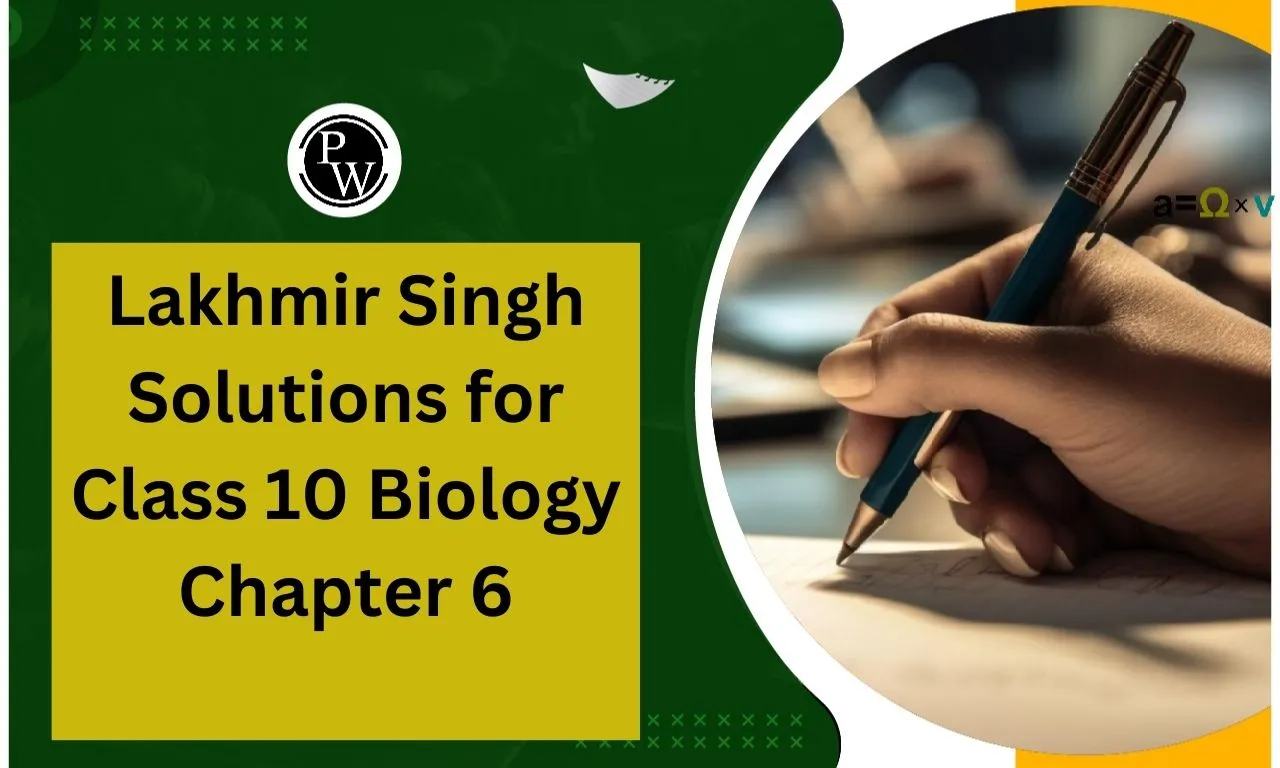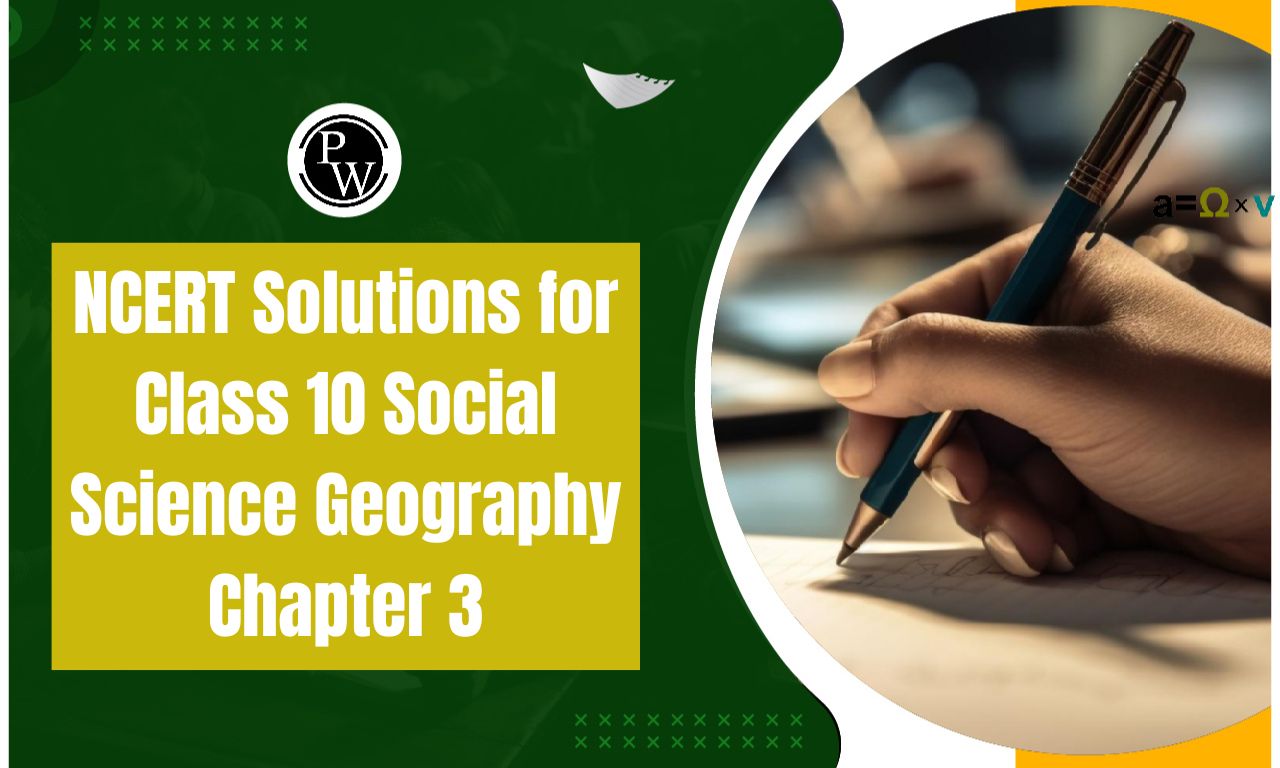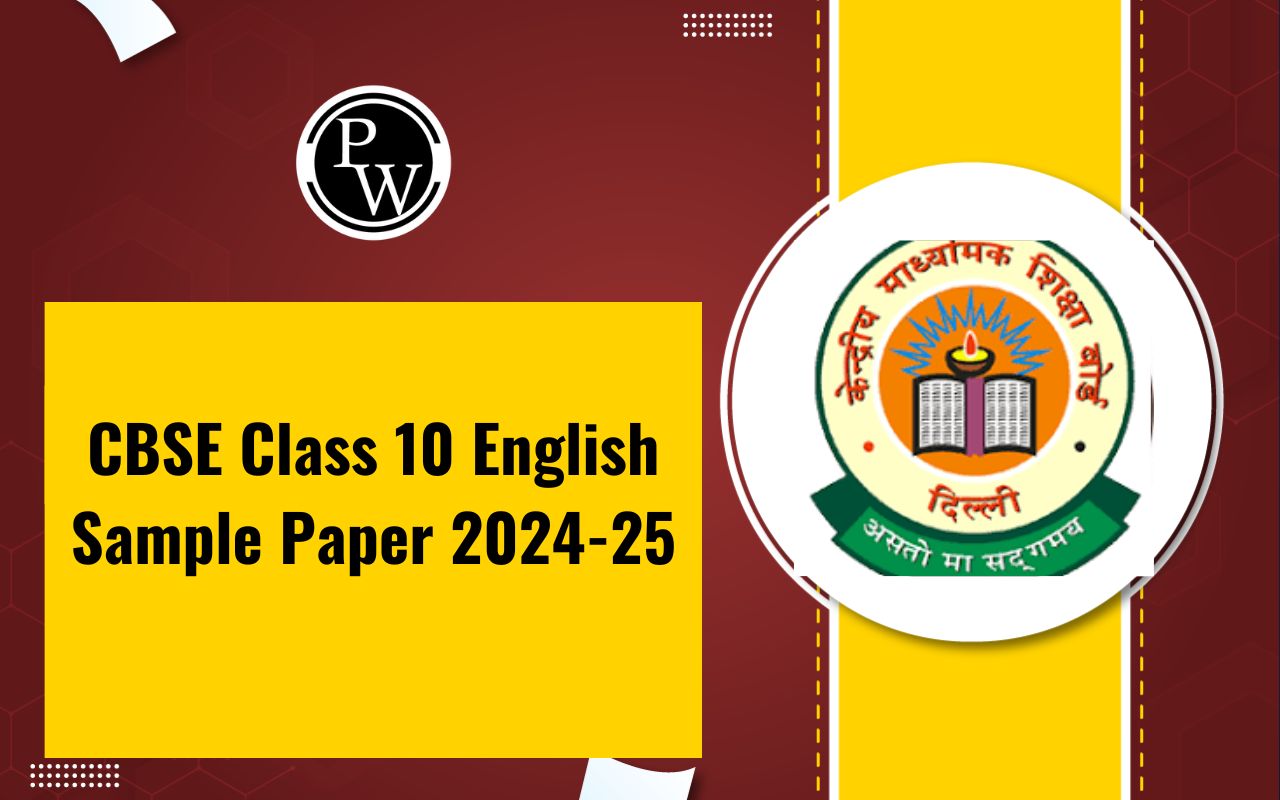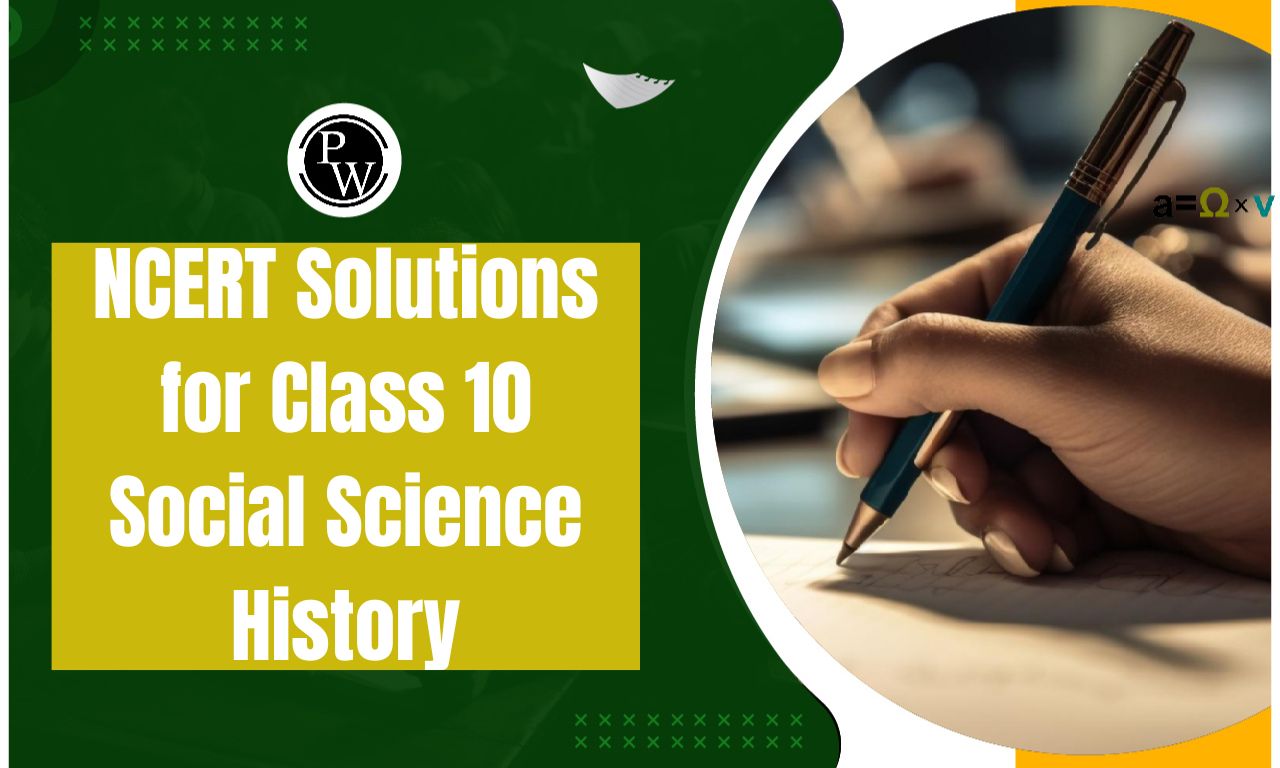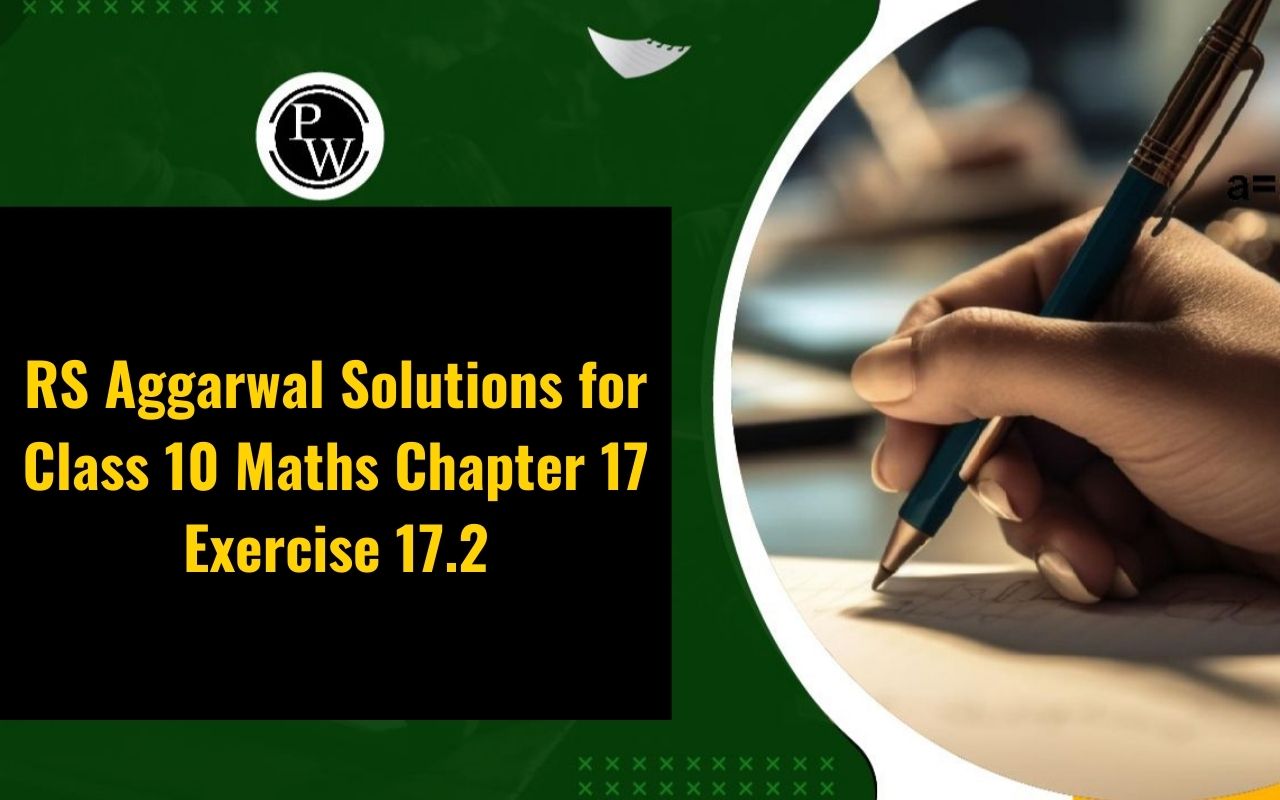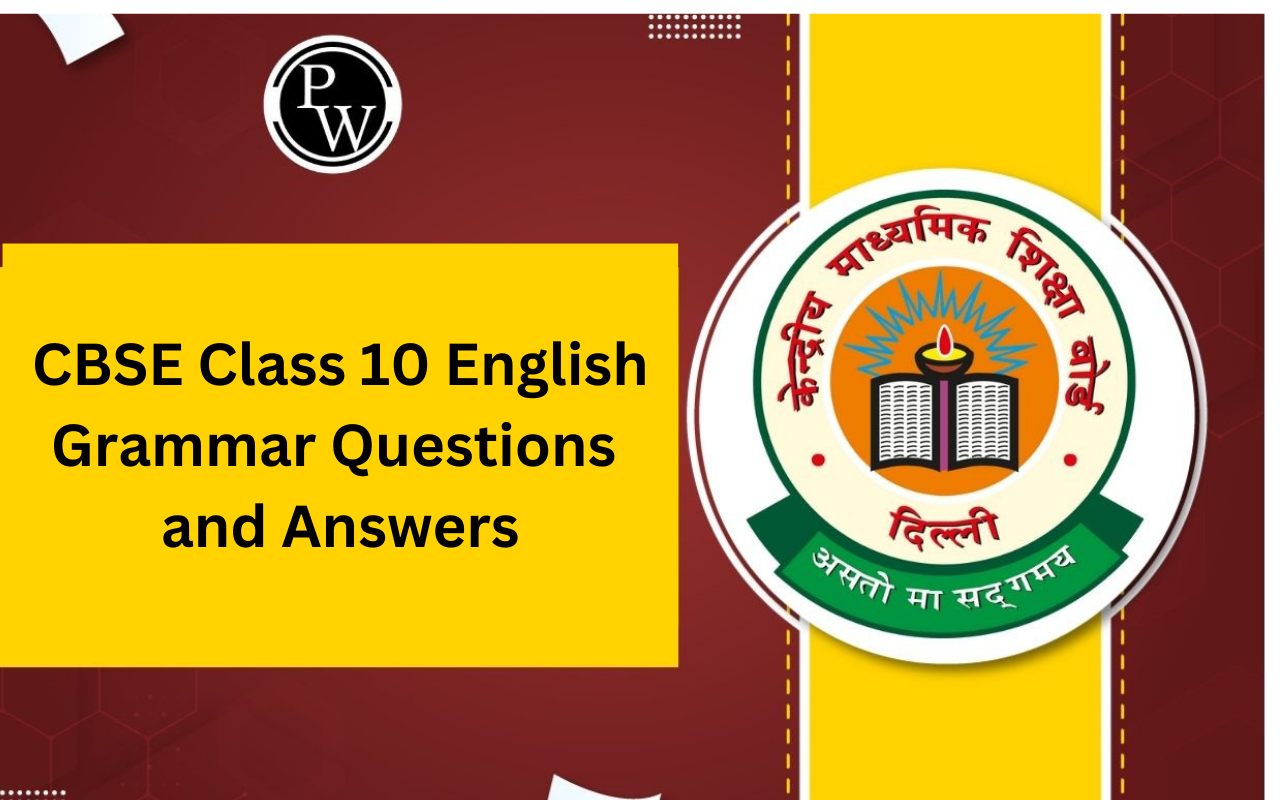
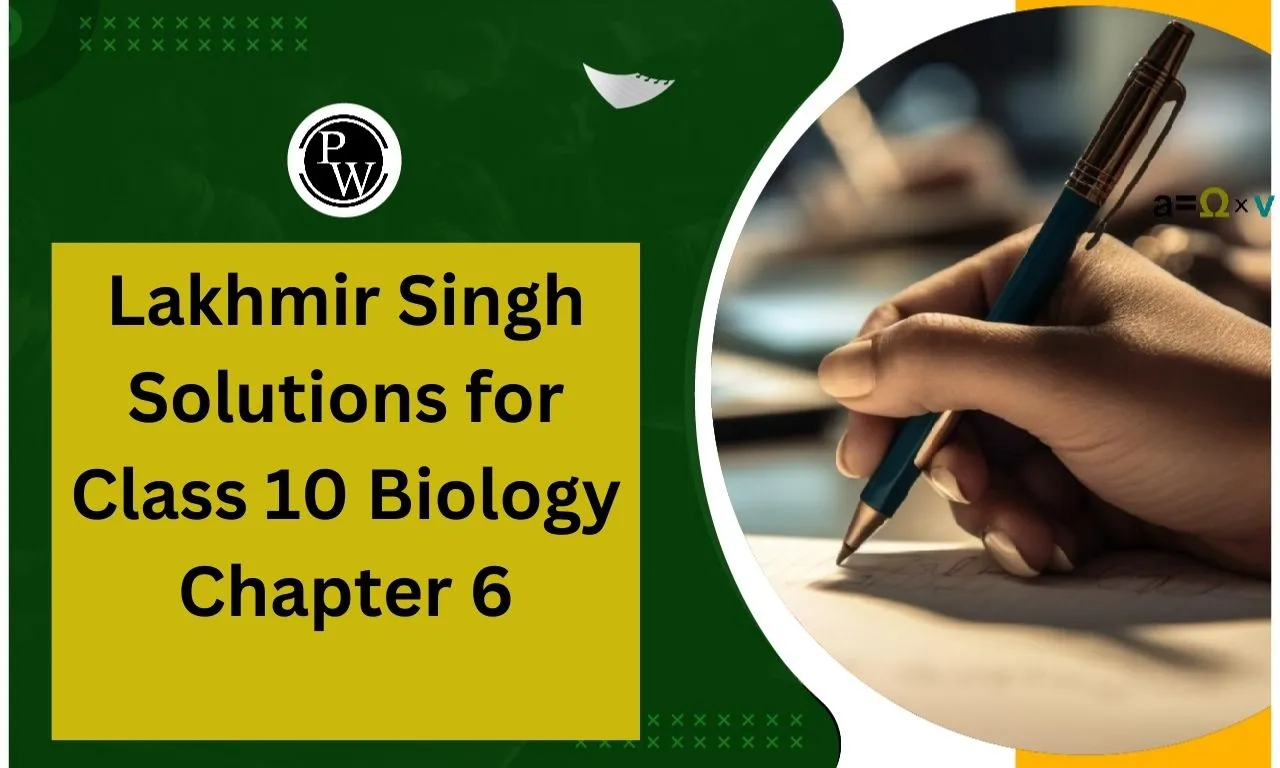
Lakhmir Singh Solutions for Class 10 Biology Chapter 6: Lakhmir Singh’s Class 10 Biology Chapter 6: Management of Natural Resources focuses on the conservation and sustainable use of natural resources like forests, wildlife, water, coal, and petroleum.
It explains the need for resource management, emphasizing concepts such as the 3Rs (Reduce, Reuse, Recycle) and sustainable development.
The chapter highlights water conservation methods like rainwater harvesting, the importance of afforestation, and the role of communities in conservation. It also discusses the environmental impact of excessive resource exploitation.
The solutions provide detailed, NCERT-based answers to help students understand key concepts and prepare effectively for exams while promoting eco-friendly practices.
Lakhmir Singh Solutions for Class 10 Biology Chapter 6 Overview Introduction
Lakhmir Singh’s Class 10 Biology Chapter 6: Management of Natural Resources emphasizes the sustainable use and conservation of resources like forests, wildlife, water, coal, and petroleum.
It explains key concepts such as the 3Rs (Reduce, Reuse, Recycle), rainwater harvesting, afforestation, and community participation in conservation. Understanding these topics is essential for preserving biodiversity, reducing environmental degradation, and ensuring resource availability for future generations. The solutions provide NCERT-based, well-explained answers, aiding students in grasping crucial concepts and preparing for exams.
Lakhmir Singh Solutions for Class 10 Biology Chapter 6 PDF
Lakhmir Singh’s Class 10 Biology Chapter 6: Management of Natural Resources focuses on the conservation and sustainable use of resources like forests, water, coal, and petroleum.
It highlights the 3Rs (Reduce, Reuse, Recycle), rainwater harvesting, and afforestation to promote environmental balance. Understanding these concepts is crucial for sustainability. Below, we have provided a PDF with detailed solutions to help students learn effectively and prepare for exams.
Lakhmir Singh Solutions for Class 10 Biology Chapter 6 PDF
Lakhmir Singh Solutions for Class 10 Biology Chapter 6 Management of Natural Resources
1. Name two fossil fuels.
Answer
Petroleum and coal are two fossil fuels.
2. Name the major programme that started to replenish forests.
Answer
The major programme started to replenish forests is Silviculture.
3. Apart from the availability of forest products, name two other things which are affected by the destruction of forests.
Answer
Apart from the availability of forest products, the habitat of wild animals and the quality of soil and water resources are also get affected due to the destruction of forests.
4. Name the rivers with which the following dams are associated:
(a) Tehri Dam
(b) Sardar Sarovar Dam
(c) Bhakra Dam
Answer
(a) Bhagirathi river
(b) Narmada river
(c) Satluj river
5. Name two factors which can be used to find whether river water has been contaminated.
Answer
The presence of coliform bacteria in the river water can be used to find whether river water has been contaminated.
6. Name the bacteria whose presence in water indicates the contamination with disease-causing micro-organisms.
Answer
The presence of Coliform bacteria in water indicates the contamination with disease-causing micro-organisms.
7. With which process are the following ancient structures associated?
Kulhs, Eris, Surangams, Kattas, Pynes
Answer
Kulhs, Eris, Surangams, Kattas, and Pynes are associated with rainwater harvesting.
8. Which fossil fuel is conserved:
(a) when we save electricity?
(b) When we use a bicycle to cover short distances instead of a motorbike?
(a) Coal
(b) Petroleum
9. What is the main purpose of rainwater harvesting?
Answer
The main purpose of rainwater harvesting is to save and conserve water for future use.
10. What is the name of the process in which rainwater falling on the earth is stopped from flowing and made to percolate into the ground?
Answer
Rainwater harvesting is the process in which the rainwater falling on the Earth is stopped from flowing and made to percolate into the ground.
11. Name the most common practice of recharging groundwater.
Answer
Rainwater harvesting is the most common practice of recharging groundwater.
12. The pH of a river water sample, as measured by pH paper, is found to be 6. What does it tell us about water?
Answer
The pH of a river water sample, as measured by pH paper, is found to be 6, which means that river water is polluted with acidic wastes.
13. Name the person who is most remembered for the protection of Khejri trees in Rajasthan.
Answer
Amrita Devi Bishnoi is most remembered for the protection of Khejri trees in Rajasthan.
14. State whether the following statement is true or false:
Chipko Andolan was associated with the conservation of wild animals such as tigers and lions.
Answer
False
15. Write the full names of (a) CFL and (b) CFC.
Answer
(a) Compact Fluorescent Lamp
(b) Chlorofluorocarbon
16. Choose one term from the following, which includes all others:
coal, natural gas, fossil fuels, petroleum
Answer
The one term which includes coal, natural gas and petroleum is fossil fuels.
17. Why is the process of ‘reuse’ better than that of ‘recycling’?
Answer
The process of reuse is better than recycling because recycling needs more energy and resources for processing, but reuse does not require anything. When we reuse a product, we use the same thing without processing it. Thus, it is better than the process of ‘recycling’.
18. Name a clean gaseous fuel other than LPG and natural gas.
Answer
Biogas is a clean gaseous fuel.
19. Fill in the following blanks with suitable words :
(a) LPG is a ________ fuel but biogas is not a________ fuel.
(b) Glaciers are a source of ________
(c) One of the main aims of management of forests and wildlife is to conserve the ________ which we have inherited.
(d) Khadin is a traditional ________ harvesting system in Rajasthan.
(e)When a fuel burns in an insufficient supply of air, then some poisonous gas called ________ is also produced.
Answer
(a) LPG is a fossil fuel, but biogas is not a fossil fuel.
(b) Glaciers are a source of water.
(c) One of the main aims of the management of forests and wildlife is to conserve the biodiversity, which we have inherited.
(d) Khadin is a traditional rainwater harvesting system in Rajasthan.
(e)When a fuel burns in an insufficient supply of air, then some poisonous gas called carbon monoxide is also produced.
20. What is meant by “sustainable development”?
Answer
Sustainable development is a kind of development that fulfils the basic needs of the present generation and also preserves natural resources for future generations.
21. What is silviculture? What are its advantages?
Answer
The programme aims to grow more trees and plants in order to replenish forests silviculture.
Following are the advantages of silviculture
(a) Prevents natural calamities like floods.
(b) Maintains the water cycle.
(c) Helps in wildlife conservation
(d) Provides different raw materials for industries like timber, wood paper and medicinal plants.
22. Write a short note on ‘Chipko Andolan‘ (Hug the Trees Movement).
Answer
Chipko Andolan is the name of the movement that was founded in Reni village in Garhwal to save the trees by embracing them and forbidding their chopping. The Chipko movement swiftly gained traction in local communities and the media, compelling the government—which owns the forests—to reconsider its objectives in the interest of forest products. The effective management of forests was made possible by the involvement of the local population.
23. Why should we conserve forests and wildlife?
Answers
We should conserve forests and wildlife because they are essential for us in the following terms:
-
Forest provide us with oxygen, they cause rainfall.
-
Forest prevents soil erosion.
-
Plants are dependent on animals and birds for their pollination and seed dispersal.
-
Forests provide us with various medicines.
-
Various forest products are used as raw materials in industries.
24. Describe briefly the ‘Khadin‘ system of rainwater harvesting practised in Rajasthan.
Answer
A very long (100–300 m long) earthen embankment known as a "Bund" is constructed across the lower edge of the sloping farmland as part of Rajasthan's "Khadin" rainfall gathering system. The "Bund" creates a reservoir by halting the flow of rainfall from the catchment area as it descends the slopes. Rainwater seeps gradually into the earth (or ground) after collecting in the reservoir created by the "Bund" and in the well. Crops are later grown on this water-soaked ground.
25. What measures would you take to conserve electricity in your house?
Electricity can be conserved in our houses by the following measures:
-
Switching off lights and fans when not in use
-
Using only sunlight during day time and using solar appliances
-
Switching off the electrical appliances when not needed
-
Using electrical efficient appliances like CFL
-
Using manual techniques wherever possible instead of electrical ones
26. Although coal and petroleum are produced by the degradation of biomass, even then, we need to conserve them. Why?
Answer
Coal and petroleum are fossil fuels, and their supply is limited on the Earth. Therefore, we need to conserve them. They are made by the degradation of biomass, but this practice takes millions of years.
27. Is water conservation necessary? Give reasons.
Answer
Water conservation is crucial since it is essential for all living things. Water is essential to all living things on Earth. All living things—plants, animals, and humans—need water to survive. However, there is a finite amount of freshwater on Earth. It ought to be preserved as a result.
28. Name the products of combustion of fossil fuels like coal and petroleum products. How do they affect us and our environment?
Fossil fuels such as coal and petroleum products burn to produce carbon dioxide, sulphur dioxide, nitrogen oxide, and water. When they don't burn completely, carbon monoxide is released.
Every product is bad for ourselves and the environment, with the exception of water. These dangerous materials contribute to global warming, acid rain, and other issues.
Benefits of Using Lakhmir Singh Solutions for Class 10 Biology Chapter 6
-
Conceptual Clarity – Provides in-depth explanations of resource management and conservation.
-
NCERT-Based Solutions – Follows the CBSE syllabus, ensuring relevance for exams.
-
Easy-to-Understand Language – Simplifies complex topics for better comprehension.
-
Diagrammatic Illustrations – Enhances learning with clear, labeled diagrams.
-
Step-by-Step Answers – Helps students understand concepts systematically.
-
Boosts Exam Preparation – Covers important questions and expected answers.
-
Encourages Sustainability – Promotes awareness of conservation and environmental responsibility.
-
Time-Saving Resource – Provides precise, structured answers for quick revision.
Lakhmir Singh Solutions for Class 10 Biology Chapter 6 FAQs
What is the management of natural resources?
Why is managing natural resources important?
What are the types of natural resources?

